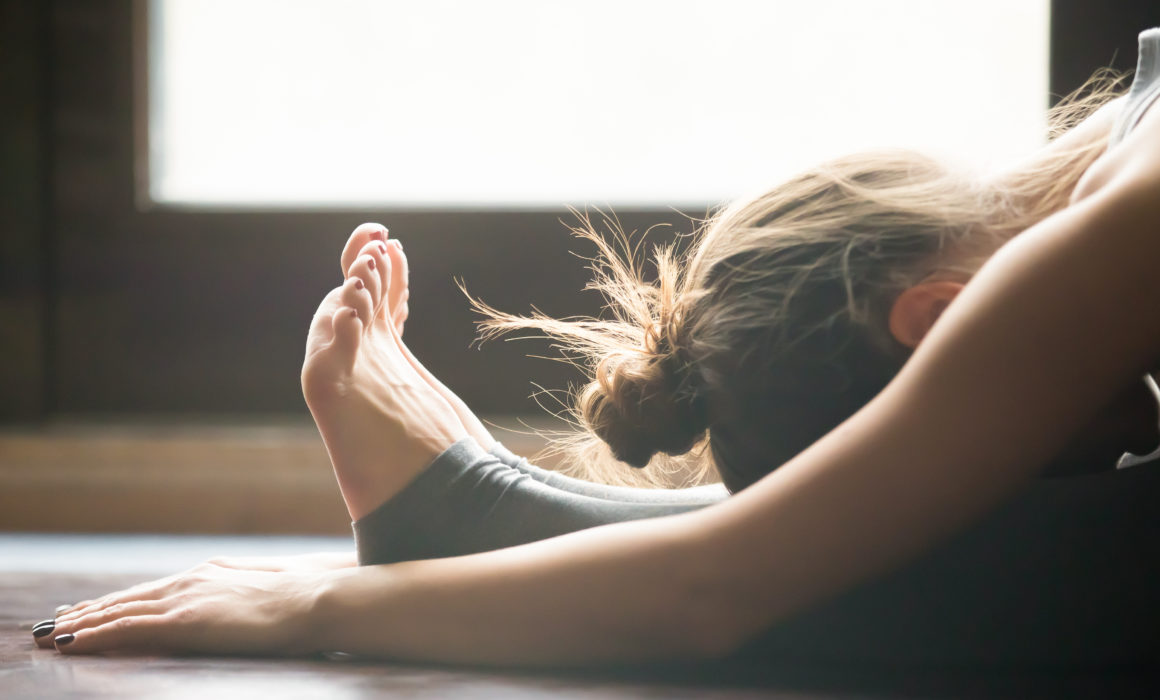Which is Better, Dynamic or Static Stretching?
Which is Better, Dynamic or Static Stretching?
Dynamic and static stretching has been a discussion topic in the fitness industry for quite some time. The main thing to keep in mind is that everyone’s body is different as well as their perception of“fitness” and “mobility.” We all have some form of compensation or tightness within our muscular system. Again, this is where an individual may apply static and dynamic stretching differently. It is very important to be open minded and pay attention to your body specifically. Even the best fitness
professional in the world doesn’t know your body as well as you do.
What is dynamic stretching?
This form of stretching is defined on www.dictionary.com as: “A type of sports fitness routine in which momentum and active muscular effort are used to stretch and the end position is not held.” The high knee movement is an example of dynamic stretching because it is constantly changing while stretching and activating your muscles. The key word here is “activating.”
What is static stretching?
Defined by http://www.humankinetics.com, “static stretching means a stretch is held in a challenging but comfortable position for a period of time, usually somewhere between 10 to 30 seconds. Static stretching is the most common form of stretching found in general fitness and is considered safe and effective for improving overall flexibility.” Holding the stretching position in this fashion inhibits muscle activation and puts your body in a relaxed, parasympathetic, recovery state. Foam rolling is another way to get the same response as static stretching.
Which is better, static or dynamic stretching?
Now that we have defined the two different types of stretching, when is the optimal time to incorporate each type around your workout? We know that dynamic stretching is a form of muscle activation, while static stretching inhibits muscle activation, therefore making your workout more productive from the start when we dynamically stretch the body. On the other hand, if you are a person with muscle tightness and lack functionality because of this, you may benefit more from static stretching before exercise. If your mobility is sub-par and you can’t get into a good position during an exercise, itdoesn’t matter how much activation you have done beforehand because your body is compensating with some other muscle that shouldn’t be the prime mover for the exercise.
So how do I know if my body needs static or dynamic stretching before exercise? This is where I have found a way to get the most out of your workout. For the clear majority of people, we incorporate foam rolling and static stretching, as well as dynamic stretching, before the workout—in that order.
Foam rolling should be the first thing you do when you are preparing to exercise. It aids in priming the muscles for stretching by increasing blood flow and releasing the muscle fibers and tightness. Now you can incorporate light static stretching that is specific to your workout. If you are doing overhead pressing movements, target your shoulder, chest, and latissimus dorsi muscles to reach the range of motion needed for the correct position in that exercise. Following light static stretching is then metabolic warm up and dynamic stretching. The metabolic warm up helps prime the body with oxygen and creates blood flow to the muscles to make them more elastic and less prone to injury. Incorporating the dynamic warm up will activate your muscles for optimal strength and power so you can accomplish more during your workout! It’s that easy folks.
Keep in mind that people who may be hypermobile in certain areas should not partake in static stretching before or after exercise, as it may be harmful to your body. I didn’t spend much time going over the type of stretching that should be done post-workout because it is apparent. We want to recover after a workout to make our transition from a sympathetic state to a parasympathetic state so we can promote recovery faster and feel better overall. This means static stretching and foam rolling. For a recap, I made a list below of the optimal stretching order to incorporate around your workout.
-Foam Roll
-Light Static Stretching
-Metabolic Warm Up
-Dynamic Stretching
-Workout
-Foam Roll
-Static Stretching

